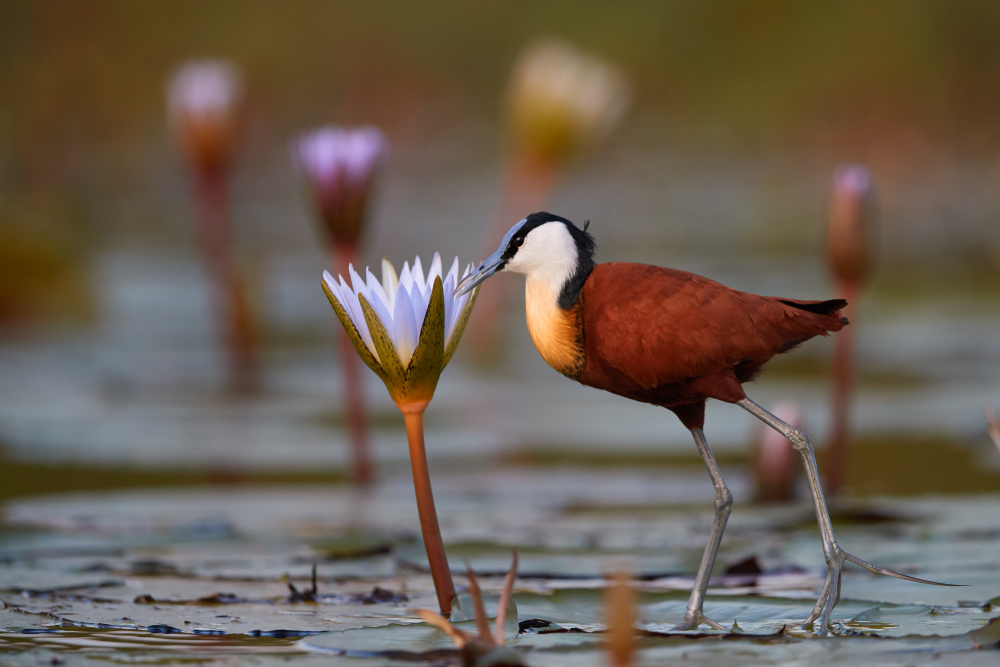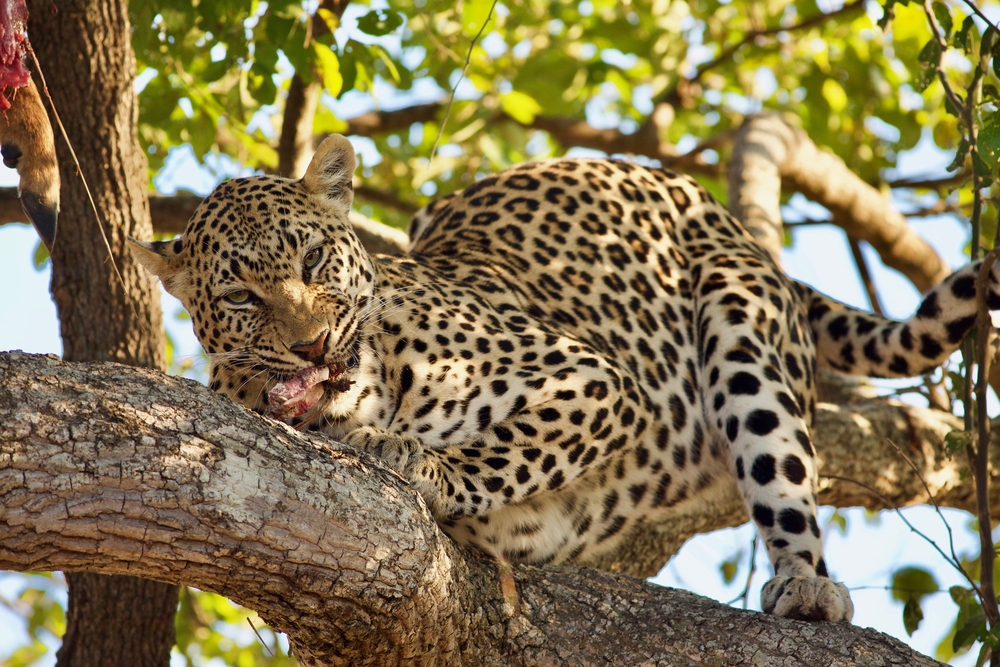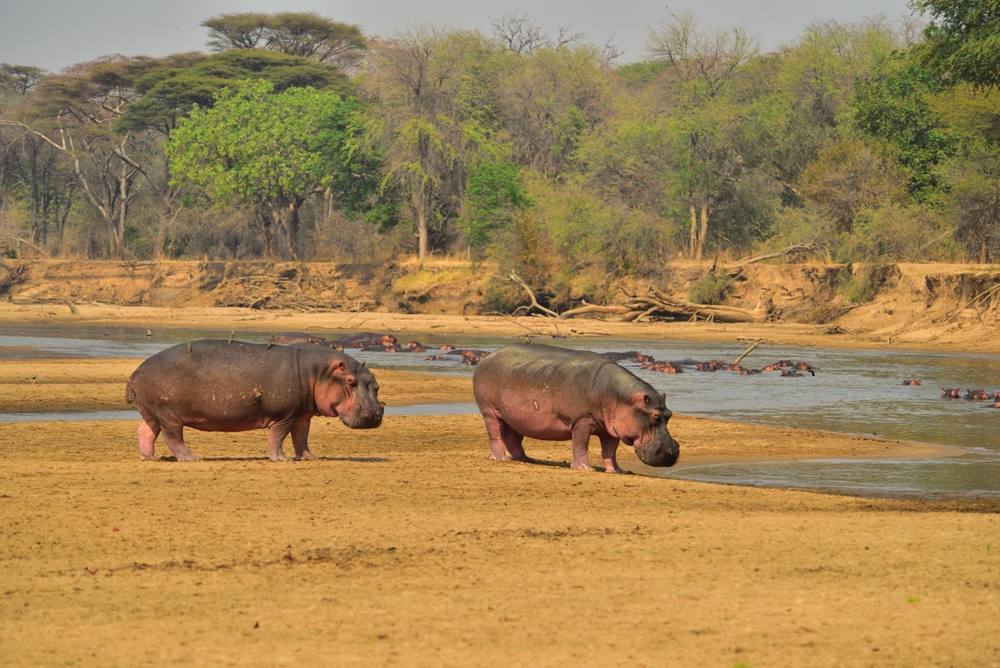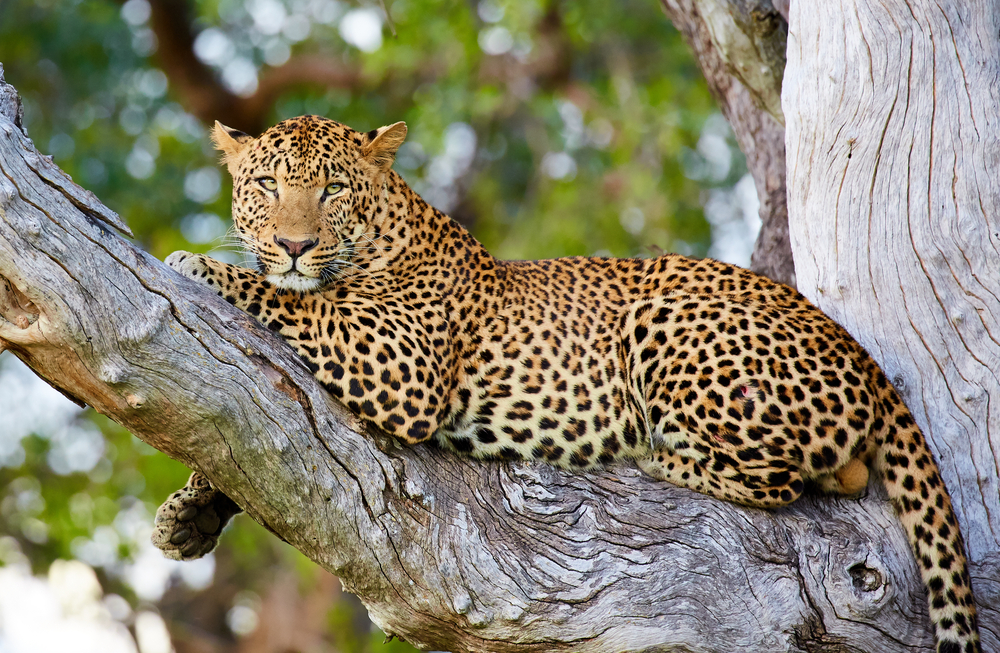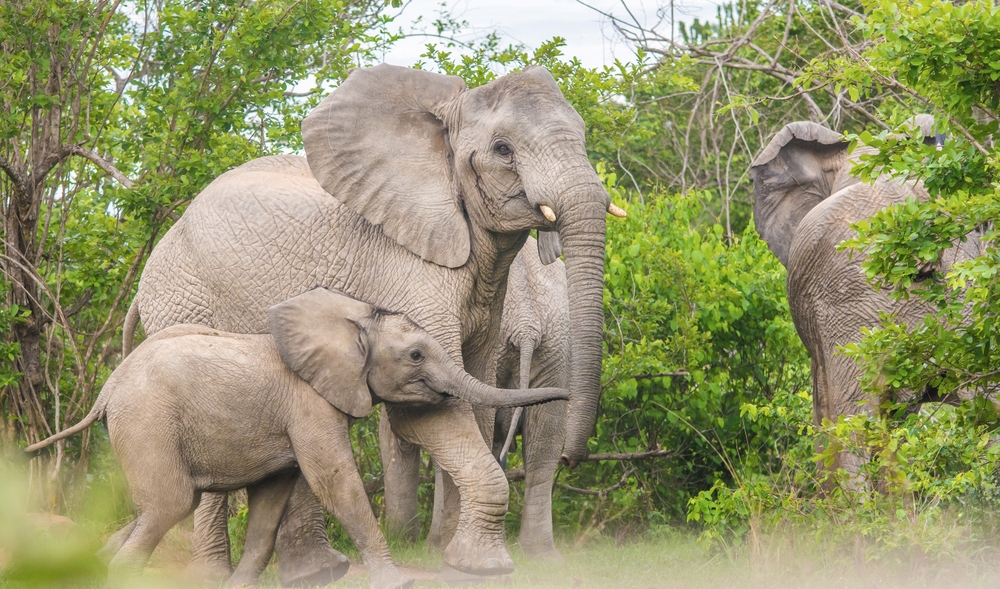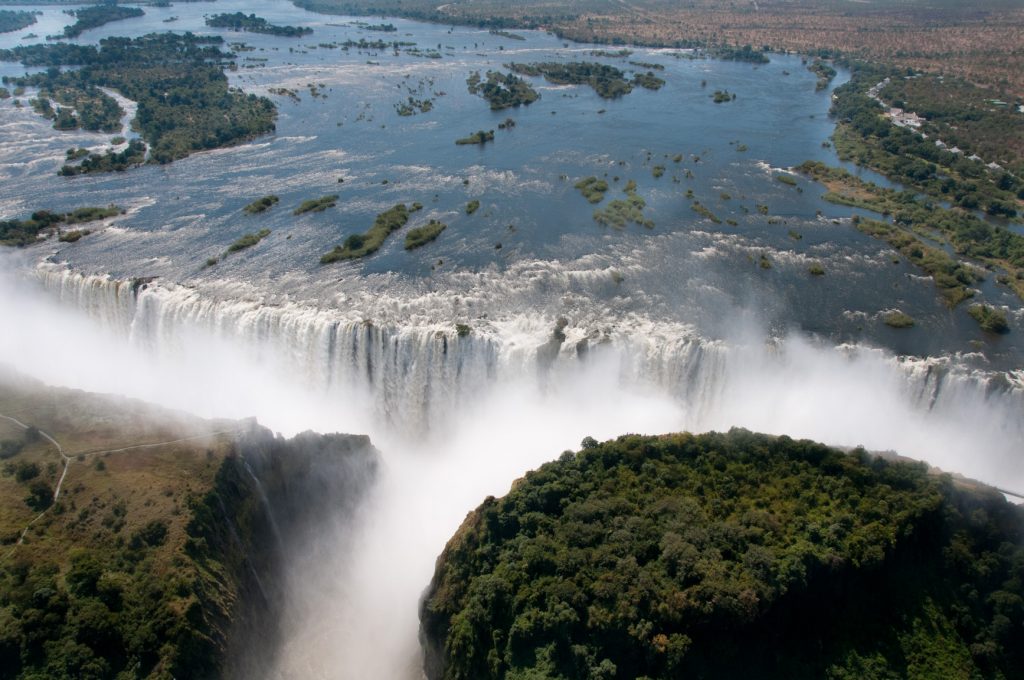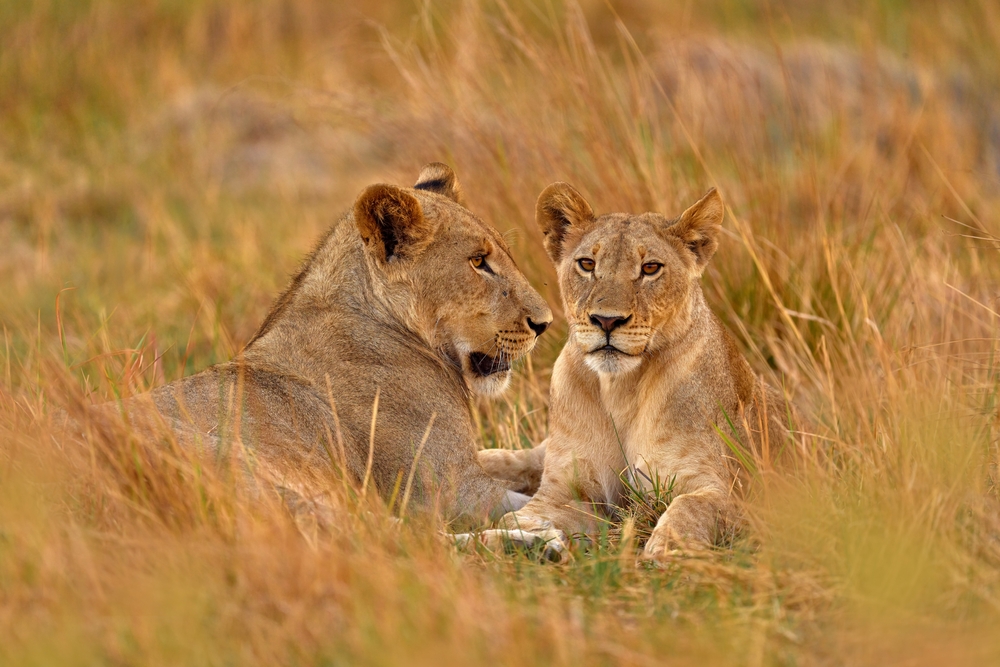Lusenga Plain Overview
Lusenga Plain National Park, known locally as Paki ya Lusenga Plain, is a tranquil and ecologically significant protected area located in the Luapula Province of northern Zambia. Covering approximately 880 square kilometers (340 square miles), the park lies near the southern edge of Lake Mweru and plays a vital role in preserving the biodiversity of the region’s wetlands and plains. Established in the 1970s, Lusenga Plain is a lesser-known gem, offering a peaceful retreat for nature enthusiasts and conservationists alike.
The park’s terrain is a picturesque mix of grassy plains, wetlands, and patches of dense woodland, framed by the Chambeshi River and its tributaries. While Lusenga Plain lacks towering mountains, its undulating plains create a serene and expansive landscape. One of the park’s key features is the Lumangwe Falls, often compared to Victoria Falls for its width and dramatic flow. This breathtaking waterfall is located just outside the park’s boundaries but is a must-visit attraction for anyone exploring the area.
Lusenga Plain National Park is renowned for its wildlife, particularly the species adapted to wetland and grassland habitats. Antelope species such as sitatunga, lechwe, and reedbuck thrive in the marshy areas, while buffalo, bushbucks, and warthogs roam the plains. Birdwatchers will find the park particularly rewarding, with over 300 bird species recorded, including the rare wattled crane, African jacana, and open-billed stork. The wetlands also provide a habitat for crocodiles and numerous fish species.
Lake Mweru, located near the park, adds to its ecological richness, serving as a crucial water source for both wildlife and local communities. The surrounding wetlands and riparian zones are critical for maintaining the health of the regional ecosystem, highlighting the park’s importance as a conservation area.
Conservation efforts in Lusenga Plain National Park are steadily improving, with initiatives focused on habitat restoration, anti-poaching patrols, and community engagement. The park’s relatively remote location has helped preserve its natural beauty, but challenges such as illegal fishing and deforestation remain. Collaborative projects between Zambia’s Department of National Parks and Wildlife and local communities aim to address these issues while promoting sustainable tourism.
Visitors to Lusenga Plain National Park can enjoy activities such as game drives, guided nature walks, and birdwatching. The Lumangwe Falls, located nearby, offers a spectacular addition to any visit, with opportunities for photography and relaxation in a tranquil natural setting. Though infrastructure is limited, the park’s unspoiled wilderness and peaceful atmosphere make it an ideal destination for those seeking solitude and a connection to nature.
In summary, Lusenga Plain National Park is a serene and ecologically rich destination, offering unique wildlife, stunning landscapes, and a growing focus on conservation. Its blend of wetlands, plains, and waterfalls makes it a must-visit for travelers exploring Zambia’s northern wilderness.








































































